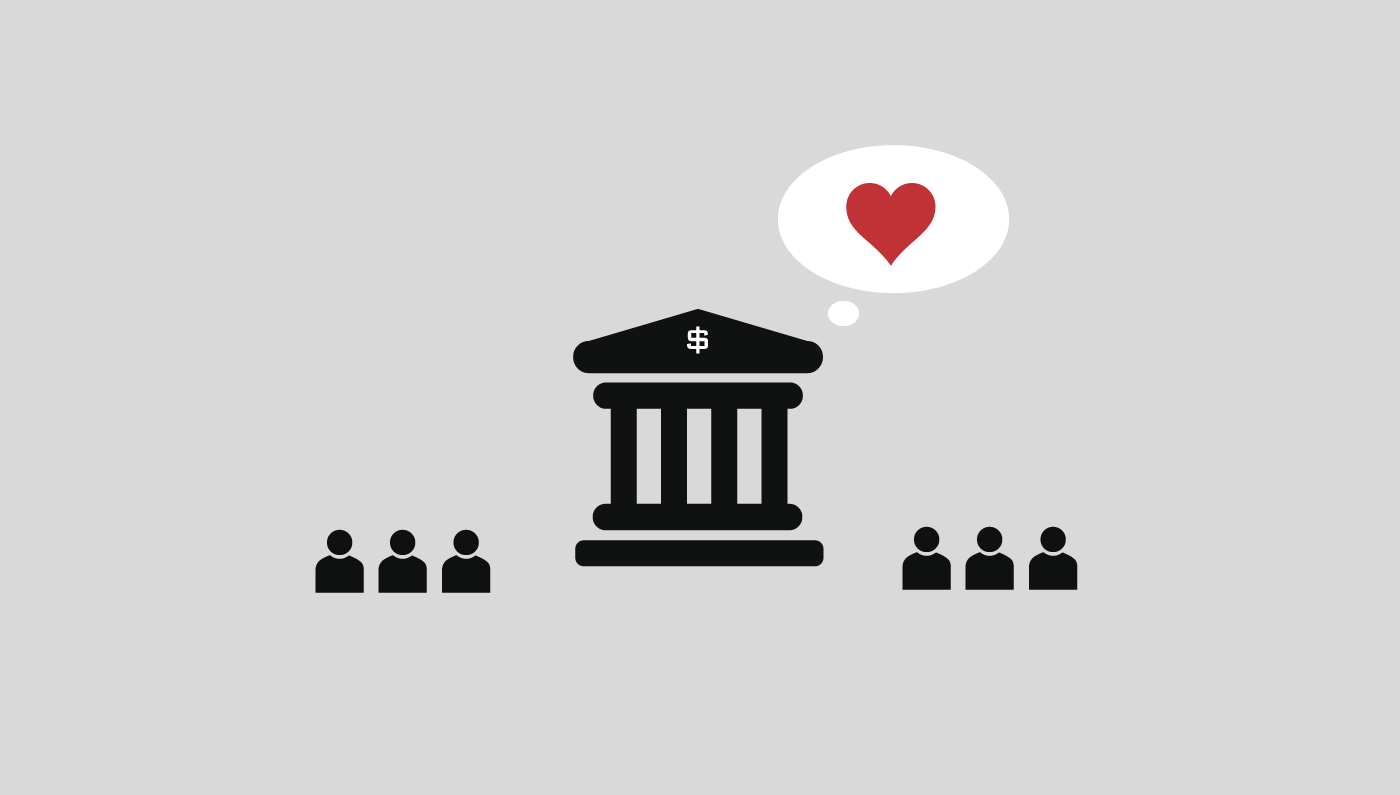For the past three weeks, we’ve looked at the unbanked in America- who they are, what services they rely upon outside of traditional banks and why they make the choices they do. Today, we’re going to answer a fundamental question: why should mainstream financial institutions care about this demographic— and how they do go about reaching them?
We’ve seen it time and again: industries that get complacent, comfortable and unwilling to adapt get swept away by the currents of changing technology and customer preferences. Need some examples? See what online advertising did to newspapers, or digital ride-sharing services did to taxi companies or even an upstart health insurance company is doing to insurance giants. The list goes on.
And, little by little, that change is sweeping into the banking and financial sectors. New ways of managing and accessing our money, from Mint to Simple to Moven, are challenging banks’ traditional dominance over the marketplace by personalizing financial data for customers in ways that banks haven’t emphasized in the past.
Increasingly, banks will need to aggressively start to assess their customer landscape, realizing they need to innovate or see these nimbler competitors start to eat into their market share. It’s the classic “disruptive innovation” scenario described by business professor Clayton Christensen in his landmark “The Innovator’s Dilemma”: an established leader in the market overemphasizes serving its wealthiest customers while neglecting its less profitable customers.
When an underdog competitor arrives, the market leader laughs it off, suspecting it’s just a throwaway product. But starting with those neglected customers, the underdog refines its services and grows, eventually overtaking the dominant firms.
And that’s exactly what we are beginning to see in the banking industry. It’s time for banks to pay attention to their neglected potential customers before an upstart company uses them to form the basis of a market takeover.
In this case, those neglected customers are the unbanked.
Already, companies are jumping on this bandwagon. In 2014, Walmart launched its GoBank system, which provided basic banking services online to its gigantic customer base across the country. Startups like Simple are pushing banks to go all-digital and slashing account and ATM fees at the same time. And tried-and-true services like credit unions and community development banks have long catered to people alienated by mainstream financial organizations.
It’s not too late for big banks to pivot to reach new unbanked customers by offering tools and services that are approachable, low-cost and easy-to-use. But they need to get started soon.
There are tactics that big banks can use to reach these customers, but it will require re-thinking some existing marketing strategies. For example, here are some common misconceptions banks make in their marketing and outreach strategies:
- banks emphasize their branches, when they should be going mobile. Why spend money and time promoting bank branches rather than providing more services online and via mobile platforms, where customers actually are? Just because there is a sunk cost in the physical branch infrastructure doesn’t mean you have to cling to it. It is certainly valuable, but upstarts with no physical locations will move more quickly to take over the fast-growing virtual market. Think of what is happening with physical supermarkets and upstart grocery vendors like Fresh Direct and Amazon Fresh.
- banks have a negative image in underbanked communities. Why have your corporate image tied to foreclosures or overdraft fees, rather than proactively reaching out to communities with positive features like financial literacy or credit counseling programs?
- banks don’t explain who qualifies for what. Why make potential customers go through rigorous approval processes for accounts that you know they aren’t qualified to open? Why not instead be upfront about what options unbanked customers realistically have?
- banks aren’t transparent. Why be unclear about when fees are charged (and how much they will cost), thus surprising and confusing your customers? Why not be clear and transparent about fee structures and manage your customer expectations?
- banks don’t offer solutions for new realities. Why not invest in new, innovative technologies to make banking easier and more accessible to more people rather than investing in niche technologies that only serve your top tier customers?
Some honest evaluation and re-engineering would go a long way towards making big banks more palatable for unbanked customers, and may even stave off the coming wave of disruptive competitors eager to capture dissatisfied clients— but only if banks act soon.
Check in next week for a special piece from Andrew Santis, the researcher who made this series possible. He’s going to look at what he took away from months of research into the unbanked, as well as talk about some possible solutions and success stories that you’ll definitely find relevant to your business.
So don’t miss it.

